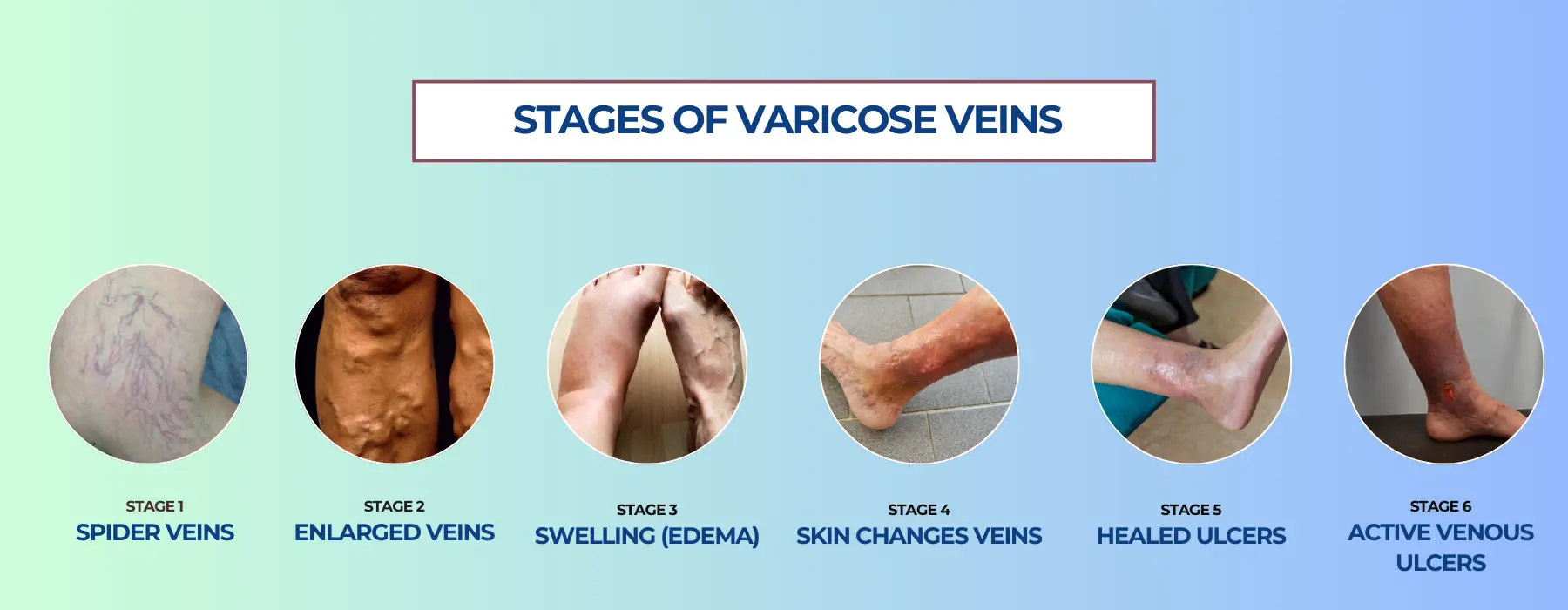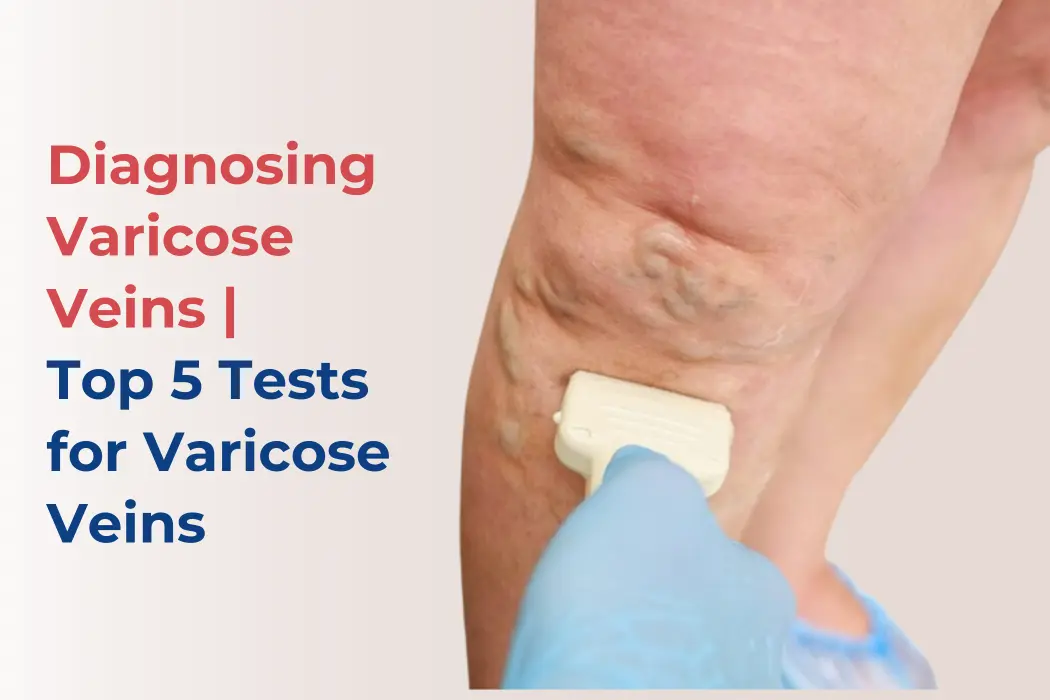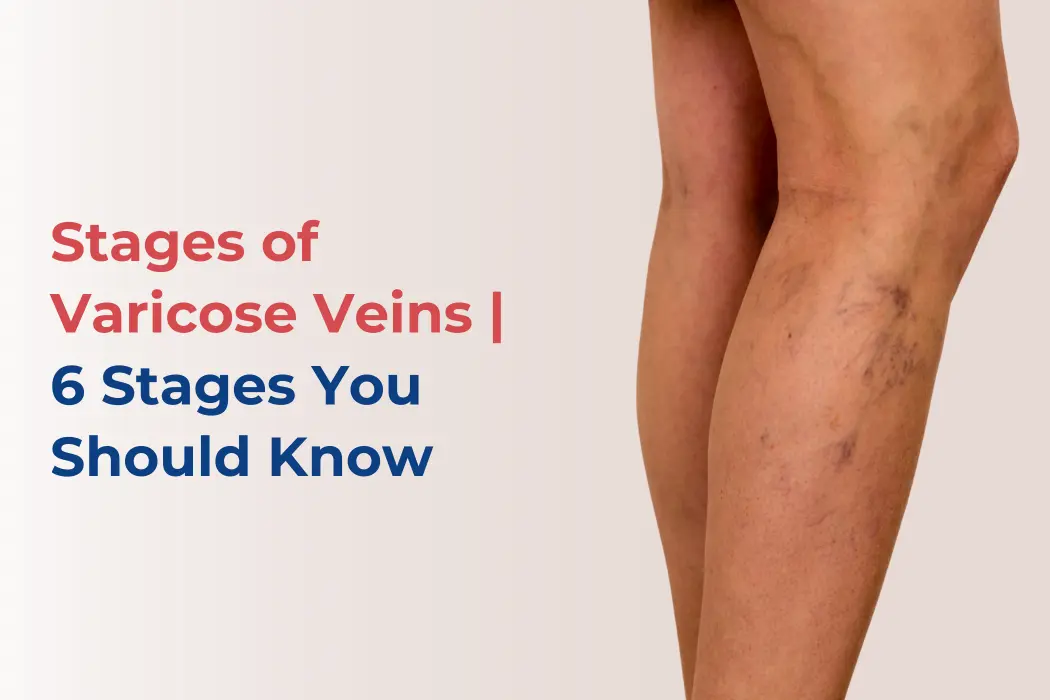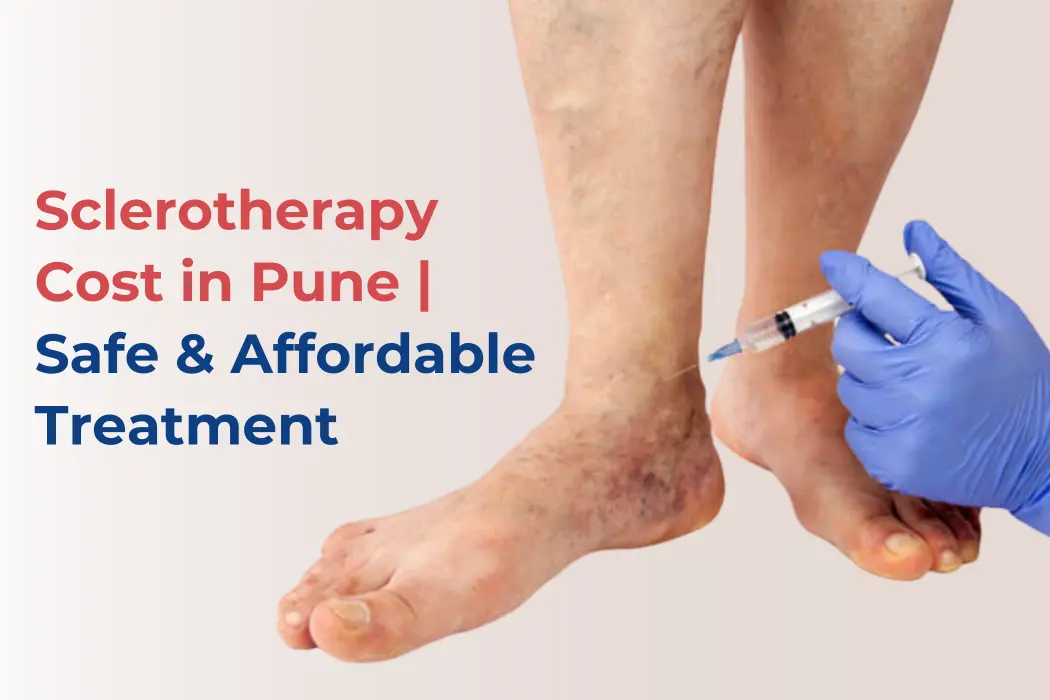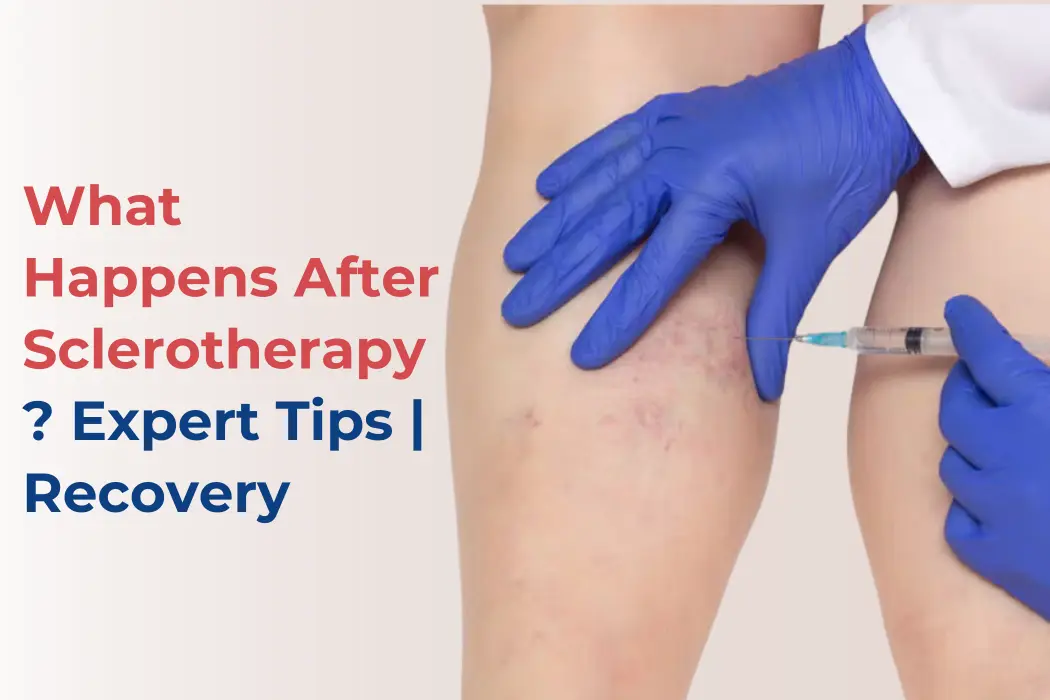Understanding the stages of varicose veins allows patients to recognize early signs, seek timely care, and prevent progression into advanced disease. From spider veins to active ulcers, each stage reflects worsening venous insufficiency, and early detection is key.
If you or a loved one notice symptoms like leg swelling, skin discoloration, or bulging veins, don’t ignore them. Early consultation with a vascular expert ensures better outcomes and a higher quality of life.
Book your appointment today with Dr. Santosh Patil – Best Vascular Surgeon in Pune, and take the first step toward healthier veins and a pain-free life.
